During World War II, the Nazis committed many acts of vile hatred and disgust at concentration Camps. With the exception of Auschwitz, few people remember what the camps were called, and even fewer have heard stories about those camps. However, junior Dawson George knows all about Buchenwald Concentration Camp.
George’s great-grandpa, Arley Wallace George, witnessed the camp in Weimar, Germany, firsthand. He recounts the memory in his book, “Our Many Blessings.”
“In the spring of 1945 while I was returning to camp from delivering a man to a hospital some 150 miles away, I got lost,” A. George wrote in his book. “I turned off the main highway onto a tarred road, but after I had gone some distance, the road ended at a camp. At one glance, I knew it was a German prison camp.”
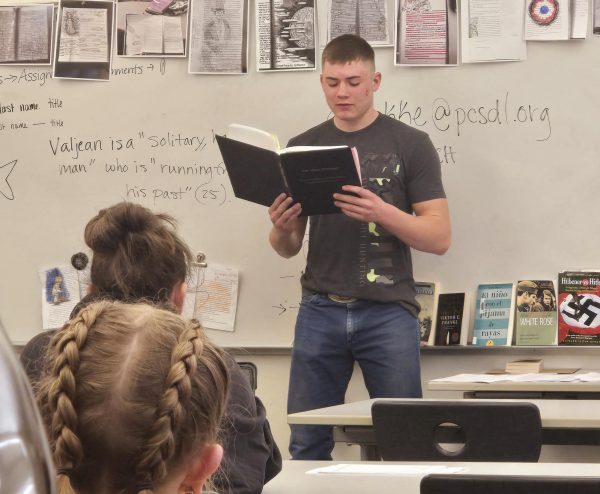
Arley George was able to recognize that it was a Nazi camp purely based on the atrocities that were being committed there. He notes the extreme number of dead that he saw at one of the camp’s crematoriums.
“I could smell that terrible stinking odor,” A. George recorded. “A mile before I got to it, I just looked things over. I never got out of my jeep. There didn’t seem to be any guard around, but there was a huge stack of bodies by a building which I later learned was a crematorium.”
Many years since A. George’s discovery, Buchenwald has become a tourist attraction. The modern camp is an almost exact replica of the original, and some PHS students have gotten to experience it firsthand.
“They still have the barracks, but they’re been almost recrafted so they’re not as, like, eerie and creepy,” junior William Atkinson said. “But the crematoriums … they preserved that from what I remember, and they were really creepy, like, on one of them, they actually have a mockup of a pile of bodies next to the building, and they have like carts that were full of bodies.”
The story is hard to believe today, but back before the knowledge of the horrors of the concentration camps as a whole were widely discussed, it would have been an impossibility.
“After I got to camp, my lieutenant heard about what I had found and questioned me about it,” A. George recounts in his book. “He couldn’t believe my story, so I told him that I’d take him back so he could see for himself. We didn’t get a chance to go for a couple weeks.”
By the time A. George and his lieutenant made it to the camp, the American Army had already come to rescue the Jews.
“The Third Army liberated the camp on April 12, historical records indicate many of the German SS officers abandoned the camp in the weeks before liberation,” D. George said. “However, not all the day before liberation. April 11, the inmates, hearing the Americans guns very close, revolted and killed a few Germans who were made to guard them from all this, it can be so surmised that Grandpa came very close to being one, if not the first American to ever see the camp.”
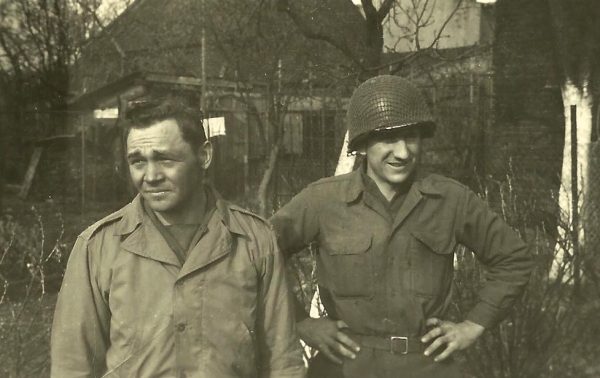
Despite coming that close to Buchenwald, A. George was able to safely make it home. However, not everyone he was close to came back safely. The brother of his then-girlfriend and future wife Evaleen, Elliot Hulet, was a pilot who was gunned down. He safely landed his glider, saving his crew on board, but died on the landing from fatal artillery fire.
“That’s so sad that she lost her brother, but she got to keep her boyfriend,” D. George said. “And, yeah, [my great-grandparents] have eight kids, yeah eight. How many grandkids? Like are there just, like, a bazillion. I think we’re pushing 300,” a posterity which includes PHS students senior Kenna Jacobsen, juniors Dawson George, Sheyna George and Cheyenne Laing, sophomore Ashlee Jacobsen, and freshmen Brittlynn George and Cheston George.
If Arley George had never made it home safely, there wouldn’t be all of those children. However, many people didn’t make it home. Ripped from their loved ones, victims found death an all too common story for many opposing the Nazis, particularly those stuck in camps like Buchenwald.
“And like we’ve talked about in [Holocaust Literature], you don’t want to believe that that level of evil exists,” English teacher Mrs. Amy Moore said. “You can’t imagine it, because you yourself would never stoop to that, right? But to find out that, yes, in fact, not only at Buchenwald, but at Treblinka and Auschwitz and Sobibor and everywhere else, that was going on.”
Without stories like Arley George’s, accounts like these would never come to light, and we would never learn what these brave people endured.
“Ever since I was little I’ve been enthralled with the stories of my grandfather,” sophomore Ashlee Jacobsen said. “Though I never met him, I feel like I know him. His legacy will always bring our family together.”



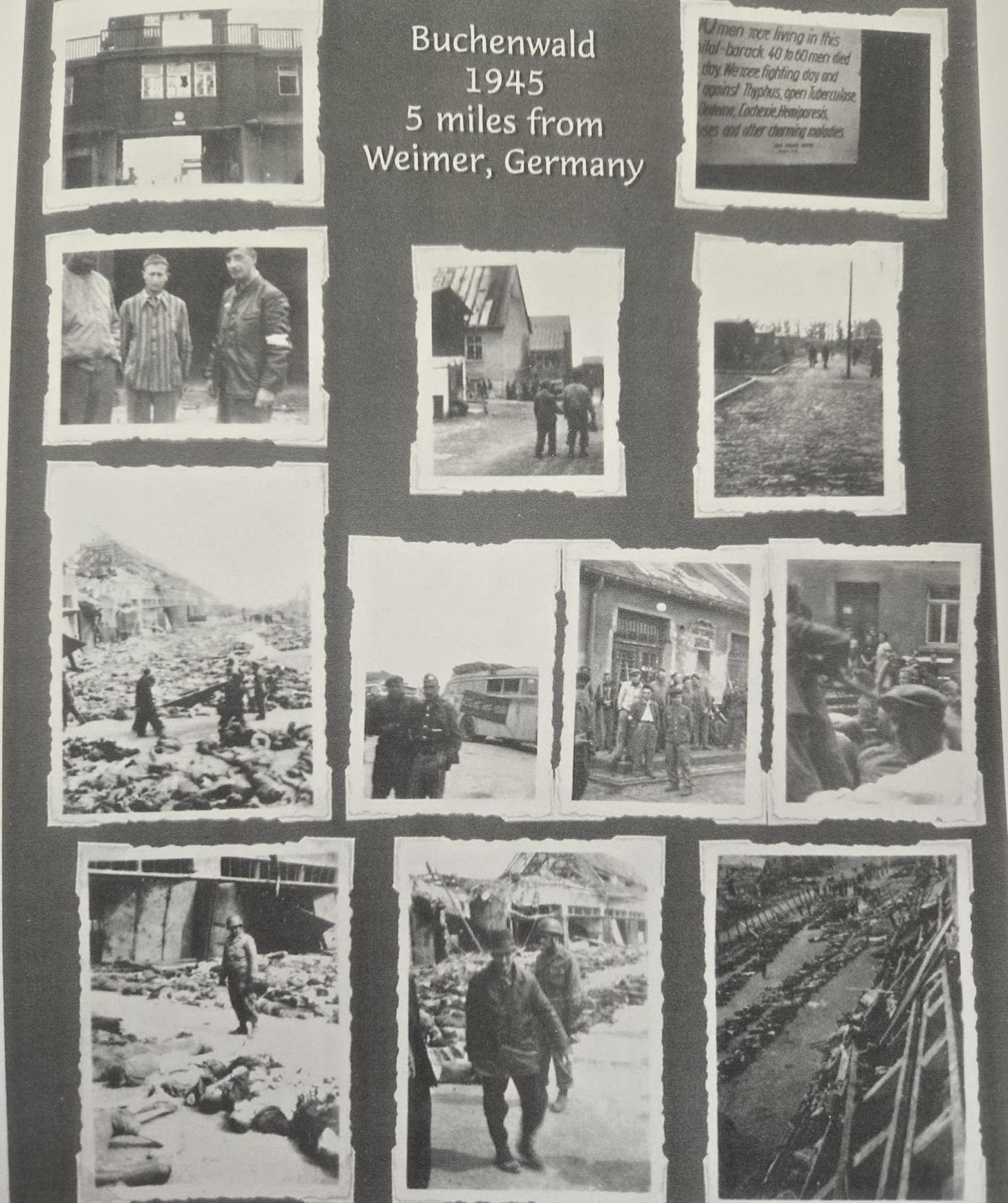




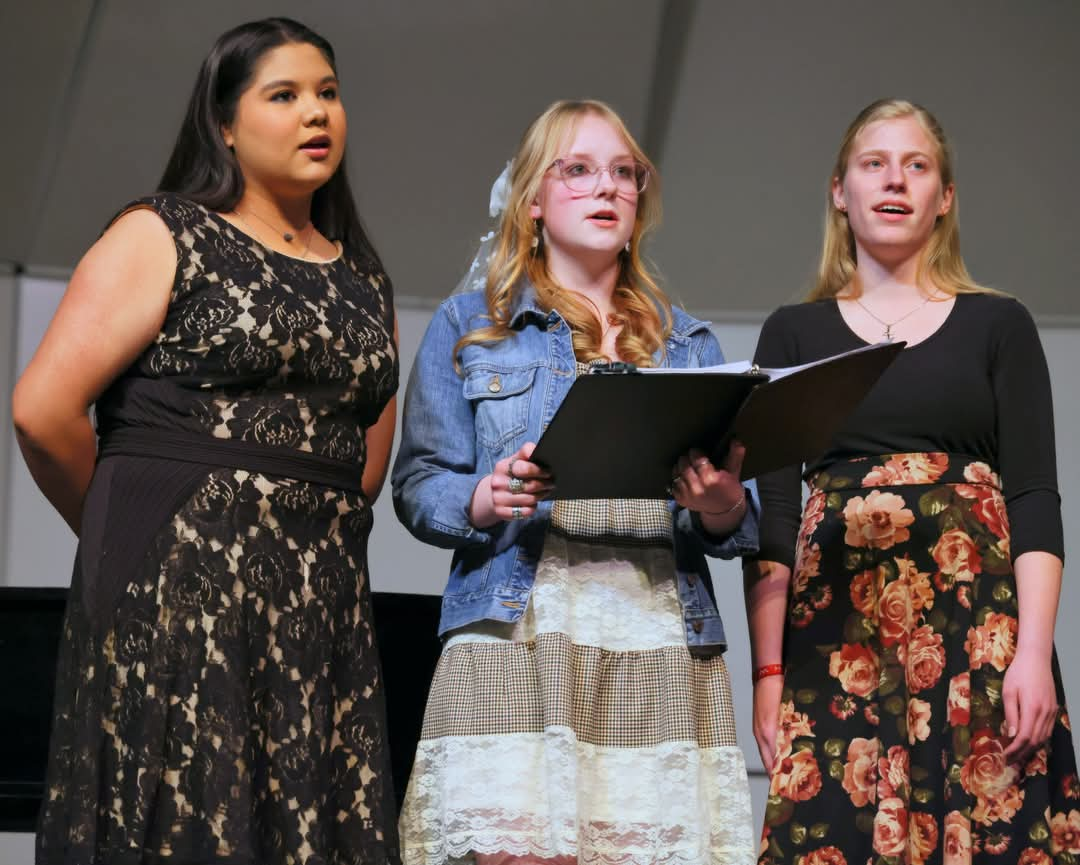

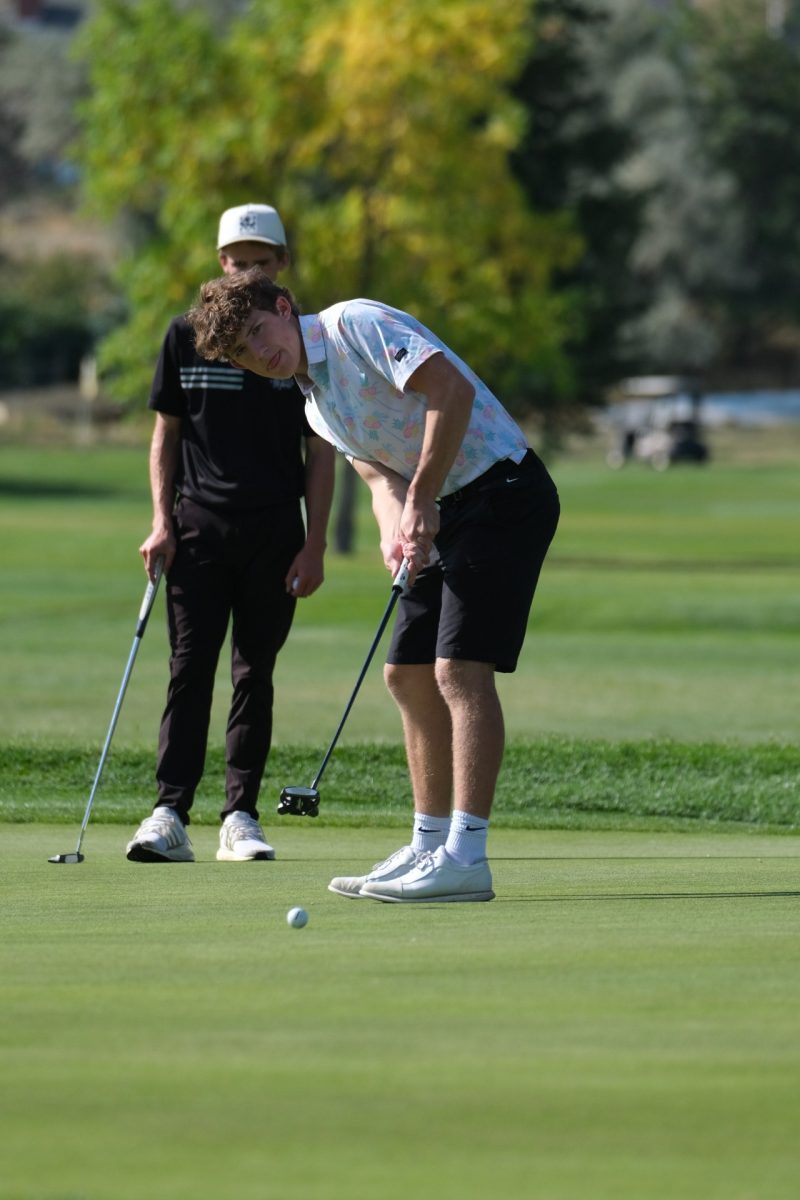
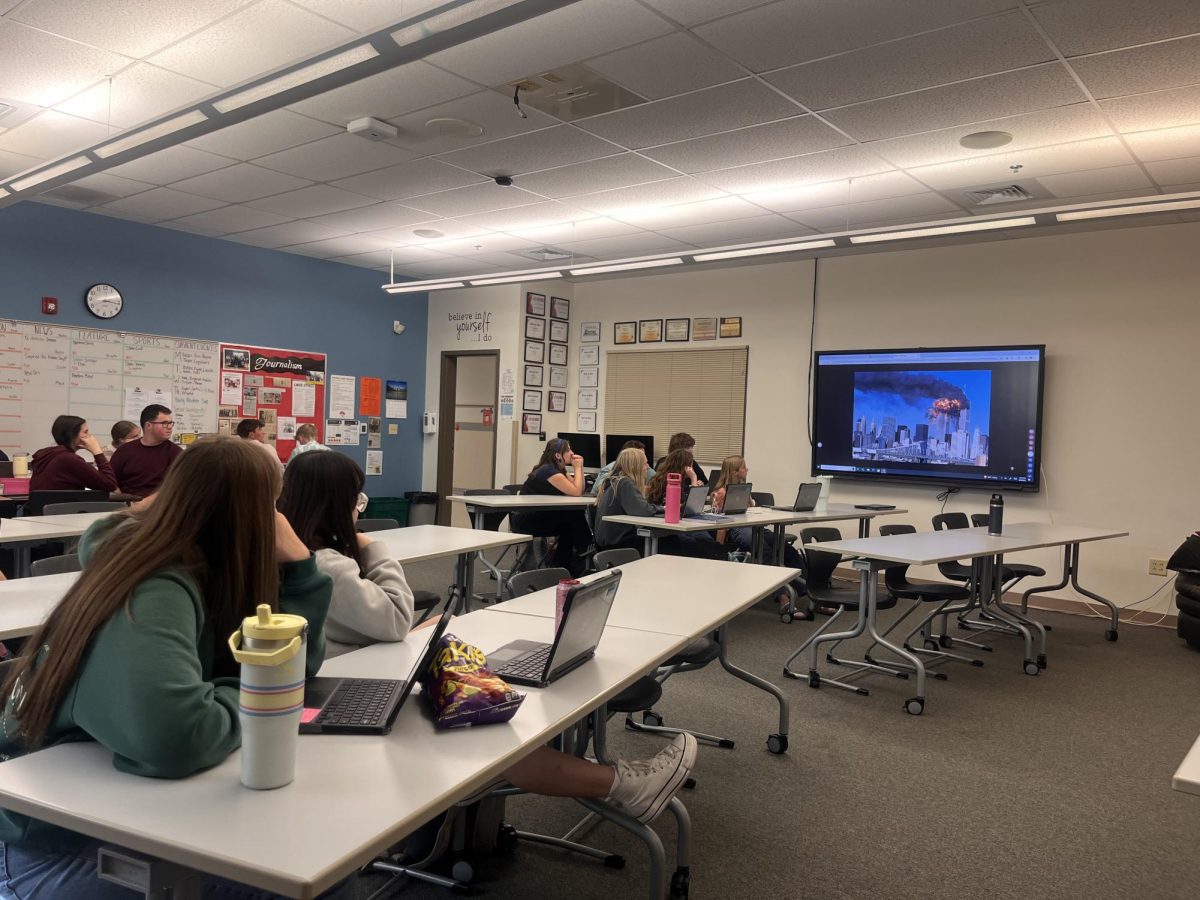

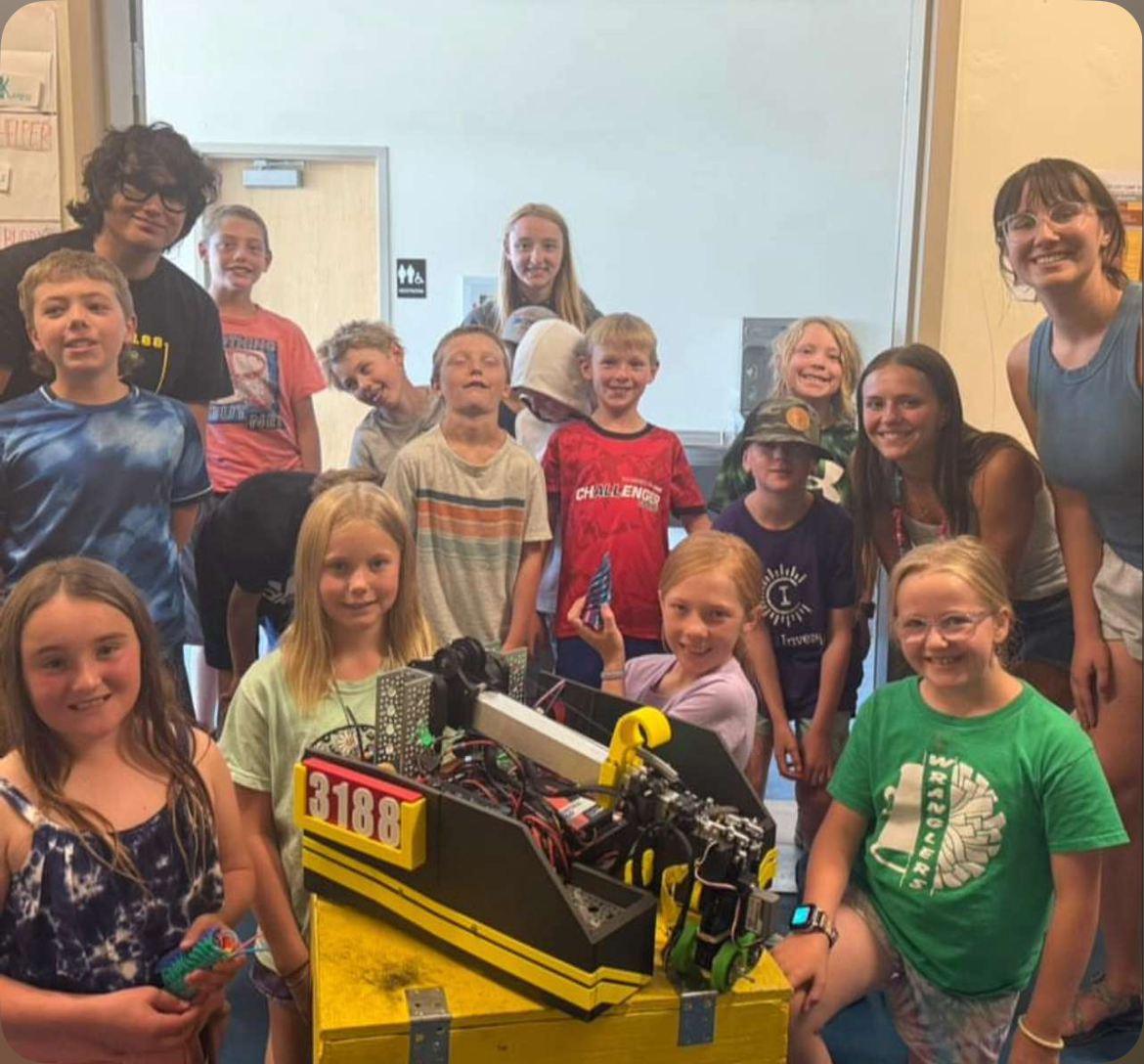
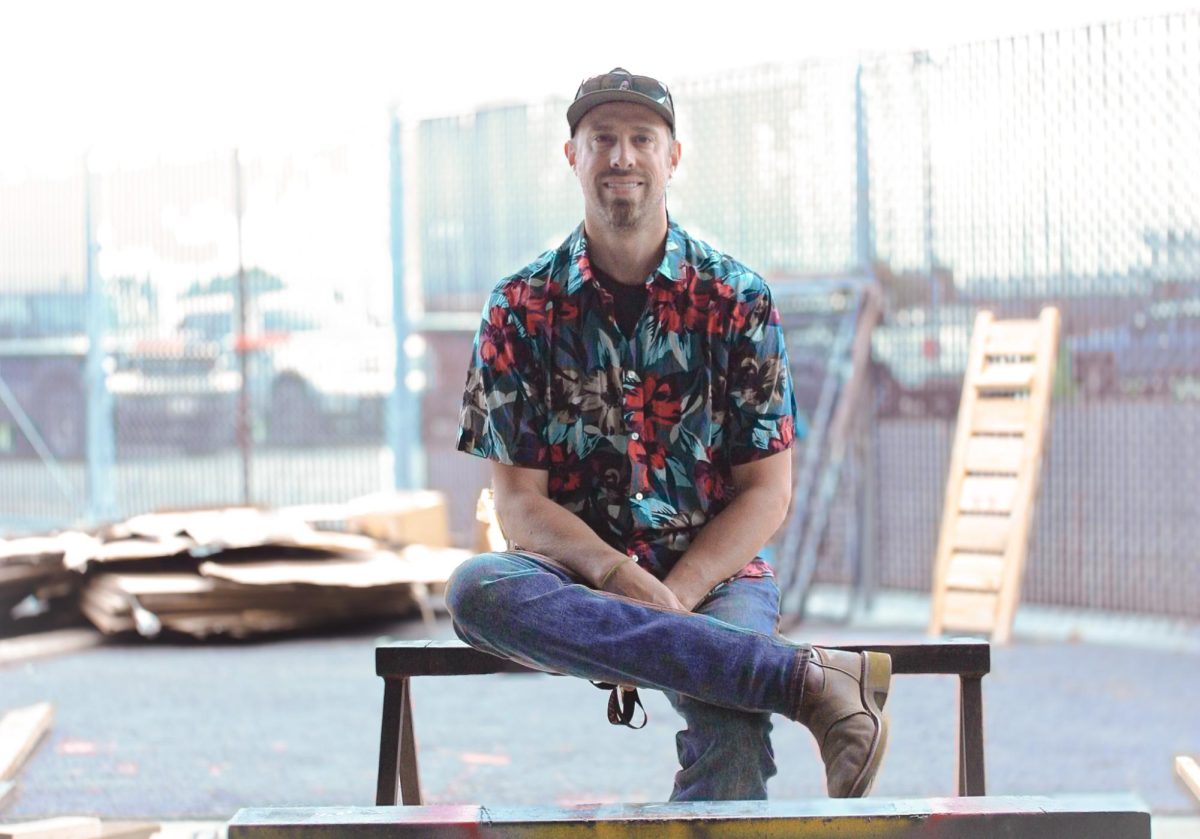
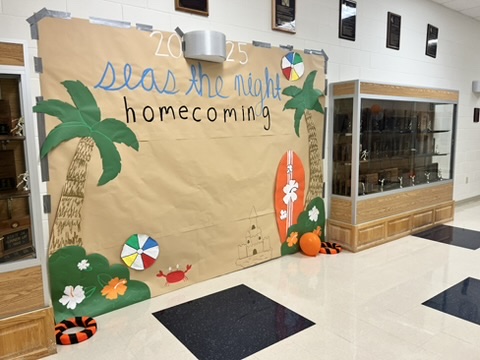
Sandy George • Jun 10, 2025 at 11:55 am
The things Heath wrote are very true. I knew Arrley Wallace George as well and he was a kind, caring. Thoughtful man. He shared many things with his neighbors. I know because he was our neighbor. Most people called him Wally. Wally He is the father of Arley George ( he’s the brother of my husband Kenneth Wallace George) and Arley George , is the father of Dawson George whom it was that wrote this article. I am Kenneth Wallace George’s wife. Sandy George.
Heath Streeter • May 31, 2025 at 8:15 am
I knew Arley Wallace George. He was a good man and an American hero.